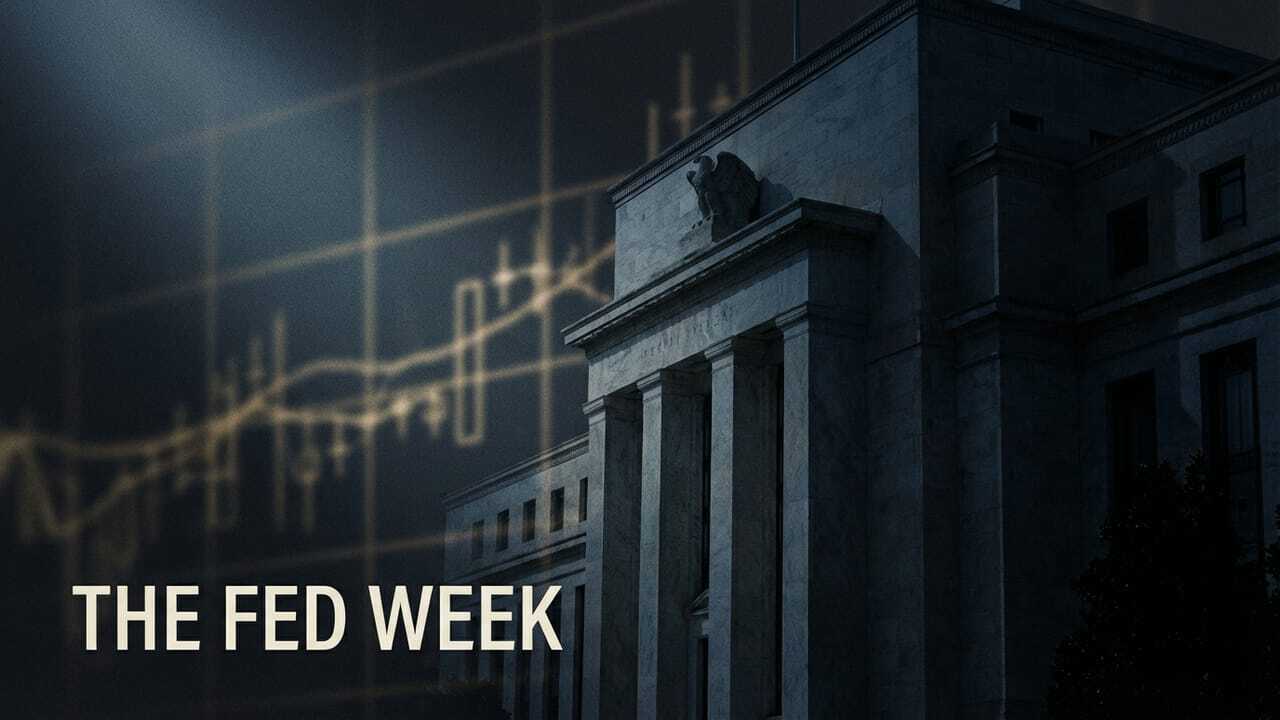
🚨Key Highlights
$165 M A&E Real Estate loan in Queens enters foreclosure; 1,268 units affected.
$9.8 M principal + $3 M interest overdue; $6.7 M in tax and utility arrears.
Nearly 500 NYC rent-stabilized portfolios in distress since 2024 (≈ $4.8 B debt).
Values of regulated assets down up to 60% since 2019 rent reform.
Foreclosure could reprice rent-regulated valuations citywide.
Signal
In Queens, a $165 million mortgage has tipped an entire rent-stabilized portfolio into foreclosure. A&E Real Estate, among New York’s largest multifamily owners, missed payments on 12 properties totaling 1,268 units. Santander Bank, which inherited part of Signature Bank’s troubled loan book, filed to seize the collateral. The default crystallizes a slow-building fault line: when regulated rents can’t keep pace with surging expenses, debt service breaks. This is not an isolated case but a benchmark moment in a market where “extend and pretend” is losing traction.
The 2019 Compression
Since the 2019 Housing Stability and Tenant Protection Act, allowable rent hikes have been capped near 2–3% per year. Meanwhile, operating costs for older walk-ups have inflated 6–8% annually. Across thousands of similar properties, net operating income has collapsed—often by 40% or more. That mismatch erased the assumed upside that once justified 70% LTV leverage. By contrast, today’s valuations for stabilized assets trade at 50–70 cents on the pre-2019 dollar. Capital once viewed this segment as bond-like; it now behaves like a high-yield credit class with social-policy overlays.
Banks Lose Patience
The A&E foreclosure signals a shift from forbearance to enforcement. Signature Bank’s demise in 2023 stemmed partly from $9 billion of similar loans—dubbed “toxic waste” by analysts. Santander’s pre-foreclosure action indicates that successor lenders prefer liquidation to indefinite extensions. In practice, these moves reprice risk: performing rent-stabilized notes now clear in secondary markets around 65 cents on the dollar. For borrowers, refinancing is scarce; most bank credit committees now require ≤55% LTV and DSCR ≥1.25 on in-place regulated rents—terms few portfolios can meet.
Operators Under Strain
On the ground, building supers and managers face the human consequence. One Queens property manager described “cutting every non-safety line item just to make the next tax bill.” With rents effectively frozen, owners defer maintenance and capital projects. City records show rising 311 complaints for heat and plumbing in older stock. Nonetheless, most operators continue servicing tenants, knowing that receivership or sale rarely improves building conditions. The social paradox is clear: the laws protect tenants but the financing model for their homes is breaking.
Repricing Ahead
If Santander completes the foreclosure, it would mark one of the largest en-bloc rent-stabilized sales in recent memory. Market players expect a discount of 40–60%. Appraisers will then adjust cap rates to 8–10% on regulated income streams—up from ~4% pre-reform—resetting loan-to-value metrics and potentially forcing writedowns at other banks. Meanwhile, distressed funds are raising capital to buy non-performing notes, not the real estate itself. That signals a temporary transfer of risk from community banks to private credit funds with longer time horizons.
Policy Inflection
Despite mounting defaults, Albany has offered no relief to owners. Yet the cumulative data—nearly 25,000 regulated units in foreclosure—will intensify calls for targeted adjustments: vacancy bonuses, hardship rent increases, or tax offsets. City officials acknowledge maintenance risk in aging buildings but resist loosening tenant protections. Ultimately, public-private hybrids may emerge: nonprofits or city trusts acquiring distressed stock to preserve affordability under subsidized structures. Until then, capital remains on the sidelines.


Through 2025–26, more fire-sales and note disposals are likely. Foreclosure backlogs and valuation resets will weigh on bank balance sheets, nudging loan loss reserves higher. For buyers, true opportunity depends on policy: without rent relief, returns hinge on deep discounts and patient capital. For tenants and the city, the priority is maintenance continuity—keeping lights on while ownership transfers. In practice, distress is now the price discovery mechanism for a sector long frozen by regulation.
Stability here no longer means safety—it means survival priced at par.

Bisnow — “Foreclosure Filed on A&E’s Rent-Stabilized Portfolio” (Oct 2025) — https://www.bisnow.com
PincusCo via Bisnow — “NYC Pre-Foreclosure Tracker 2024–2025” — https://www.bisnow.com
FRB St. Louis — “Bank Modified CRE Loans Dataset Q2 2025” — https://fred.stlouisfed.org







